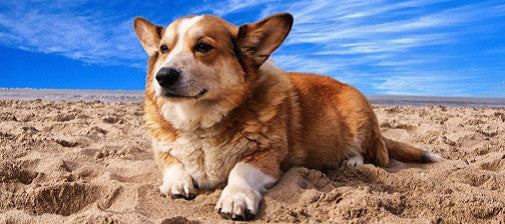
One of the biggest health problems that affects pets is obesity. In fact, more than half of cats and dogs are considered obese, according to a survey conducted by the Association for Pet Obesity Prevention. Obesity causes a number of health problems for pets and can even shorten their life span. It’s important for pet owners to understand the dangers of pet obesity and recognize signs of it, so they can keep their pets safe.
Chronic Conditions
Being obese puts pets at a higher risk of suffering damage to certain organs, such as the liver and kidneys. They also have an increased risk of developing chronic conditions that can lead to serious complications, such as diabetes and high blood pressure. Pets who are obese also have a higher risk of developing some types of cancer, osteoarthritis and respiratory problems. Obesity can also have a negative impact on their immune system, making them more likely to catch contagious diseases.
Joint Problems
Having excess weight puts more pressure on muscles, bones and other joint structures, which increases the risk of pain and stiffness. Older pets who are obese face the highest risk of experiencing trouble moving due to joint problems. This is caused by a combination of too much strain on the joints and age-related wear and tear on the joints. These joint problems can affect a pet’s quality of life by making it painful for them to walk, run and jump.
Other Health Risks
Obesity can increase the risks associated with surgery and anesthesia, which makes pets more likely to have complications. Some of these complications, such as those that affect the heart, can even be life-threatening. Pets who are obese can also develop heat intolerance, which puts them at a higher risk of having heat stroke. Pets also lose their stamina when they’re obese, making it harder for them to get the exercise they need in order to get in shape.
Signs of Pet Obesity
Pet owners should watch for signs of obesity and see their vet if they notice any. Keep in mind that pets can put on weight slowly over time, which can make it harder to see signs of obesity. Common signs include not being able to feel the spine or ribs due to too much fat and having a more rounded or tube-like shape instead of a narrower waist. Pet owners should also ask their vet what their pet's ideal weight should be and monitor it closely by weighing their pets regularly. Proper diet and exercise will help to keep your pet healthy.

Comments (0)
Back to Blog